 Sales people won’t be replaced by robots anytime soon, but automation could lead to massive change at stations and rep firms. There's a growing interest among broadcasters in automated selling that has evolved from wary to cautiously optimistic over the past year. This story originally appeared in the winter edition of TVNewsCheck's Executive Outlook.
Sales people won’t be replaced by robots anytime soon, but automation could lead to massive change at stations and rep firms. There's a growing interest among broadcasters in automated selling that has evolved from wary to cautiously optimistic over the past year. This story originally appeared in the winter edition of TVNewsCheck's Executive Outlook.
Automated Sales Could Revolutionize Spot TV
Gannett Broadcasting President Dave Lougee caught the attention of broadcasters at the TVB Forward conference last September when he urged the industry to adopt the automated buying and selling of spot TV.
“Let’s embrace automation and take ownership of making smart business rules around it for all involved,” he told the assembled. “To be relevant to our local and national clients, we have to make it easy for them to buy and activate across platforms.”
Lougee’s comments reflected a growing interest among broadcasters in automated selling that has evolved from wary to cautiously optimistic over the past year.
Just don’t call it “programmatic selling.” That term scares the heck out of spot sellers because it’s often associated with real-time bidding or auction platforms that are commonplace in the online world and that tend to commodify advertising and drive down prices.
That’s not a something that Lougee — or any of his peers — wants anything to do with. Rather, he told Executive Outlook, what they want is to make “clients’ [spot] buying experience easier. We’re overdue as an industry to do that.”
Leading broadcasters are now willing to give automated selling a try, despite concerns by some that it may drive down pricing and force stations to sell based on data they deem inappropriate. And it could decimate the ranks of account executives and sales reps. In essence, the automated spot services now being developed are soup-to-nuts transactional tools, handling everything from the sale to backend trafficking and accounting functions. Some earlier efforts to automate sales like ePort handled only the backend after the deal had already taken place.
HOW DOES IT WORK?
In simple terms, the automated selling systems are similar to those used to buy airline tickets on websites like Expedia. But there’s a difference: stations can set different prices for different buyers on two automated platforms that have been under development for the spot market, Videa and WO Programmatic-TV, as well as the established AdMore system.
For instance, stations can charge movie distributors more on Thursday night than they do advertisers of packaged goods — in keeping with established selling practices. Videa, WO Programmatic-TV and AdMore have made it clear that they have no intention of following an auction model.
Videa is from Cox Media Group. Three buying agencies and five broadcast groups are involved, including Gannett, Cox Media, Raycom Media, Carat and Starcom MediaVest. (The others choose to remain anonymous.)
WO Programmatic-TV is a joint venture among WideOrbit, Tribune Media and IPG MediaBrand’s Magna Global unit. The Hearst, Meredith, Raycom, Scripps and Sinclair station groups are all participating in WO Programmatic-TV’s tests.
AdMore has been up and running since 2013. “We’re showing that the rates that we deliver for spot are competitive with what stations are selling on a direct basis,” says Brendan Condon, CEO. AdMore counts individual stations within the Tribune, Sinclair and Gannett groups among its clients.
At least three companies currently engaged in providing automated services to other media sectors are expected to move into spot: Simulmedia, Audience-Xpress and the Rubicon Project. (See sidebar, below, for more information about the various platforms and their partners.)
Broadcasters’ interest in automation comes from concern that spot is losing business, particularly to network and digital, because of the difficulty of buying it.
“You can execute a network buy with a couple of people. To execute that same money for spot, you might need 20 or 30 or 40 people,” says one broadcast sales executive. “For the most part, really big companies are investing in other media because we don’t make it easy.”
Network and online aren’t the only sectors siphoning off spot dollars. “It’s drifted into local cable, and we really want to bring that back,” says Keith Bowen, chief revenue officer of Tribune Media, noting that Comcast does $3 billion in local cable ad sales a year, capitalizing on the two minutes of avails an hour that cable networks traditionally give cable operators as part of their affiliation deals.
“Procter & Gamble used to place around 16% of its business in local spot television. And right now I believe that number is under 1%,” says Jim Beloyianis, a media consultant and former president of the rep firm Katz Television Group. “Local broadcast’s potential has been unnecessarily held down by the inefficient trading processes and complacency on the buy and sell side.”
IPG, and by extension its Magna Global unit, has a mandate to transact 50% of its buys through automated systems by 2015. Janice Finkel-Greene, Magna’s EVP of buying analytics, says they’re almost at that milestone now.
There’s another impetus as well: If station groups don’t engage in the development of automated platforms, they run the risk of allowing media buying agencies to configure them in ways that may not be beneficial to broadcasters. “Stations don’t want the oil to control the pipeline — the oil being the advertiser. They want the pipeline to be flexible,” says another broadcast sales executive.
WHAT ABOUT BUYING?
The big concern surrounding automated is buying. “They have to be managed in a way that you give agencies what they want as it relates to a more efficient process, but it’s not necessarily going to be realized in cheaper rates. It’ll be realized in lower expense,” adds Jim Hughes, president of Telerep.
Other aspects may also change, Hughes adds, like guaranteeing a flight’s performance, something that’s been more commonplace in network television than spot. “Business rules will have to get reviewed,” he says.
And even when stations are fully on board the automation bus, issues are likely to surface concerning data, notes Tim Hanlon, founder and CEO of the consultancy The Vertere Group and a long-time veteran of the ad business.
Today, automated services for spot are primarily focused on the selling process, but eventually the platforms will overlay data on their systems as a means of determining a spot’s value and performance. Hanlon questions how receptive stations will be to the use of data that marketers have collected themselves or from third-party sources that is far more granular than traditional Nielsen demos. Such data can slice audiences by narrower age groups, purchasing tendencies, voting records and all kinds of other behavior.
“Political advertisers have a substantial amount of data from third- and first-party sources that they are using to divine more insight within advertising avails,” Hanlon says. “And the [spot TV] sellers aren’t necessarily aware and accepting of them. No seller wants to be judged on that data. No seller is saying: ‘You can buy based on that information.’ ”
The importance of getting the right kind of data can’t be underestimated, adds Kevin Gallagher, EVP, director of local markets at Starcom MediaVest Group. “I don’t think it’s the automation that continues to bring the dollars to spot TV. I think it’s being able to use data and do behavioral targeting like we do in other media.”
“We’re all about adding additional data,” counters Shereta Williams, president of Videa. “The key is to make sure the inventory is priced correctly given that we both understand [what target audience is] being sold.” But it remains to be seen whether the data Videa and other platforms use to measure performance will satisfy advertisers.
THE AFFECT ON REPS
Another question mark concerns how automated services will affect local account executives and the national TV rep firms. Will sales departments shrink? Will rep firms disappear?
WideOrbit’s CEO, Eric Mathewson, predicts that automated selling is not going to happen overnight. He believes it won’t hit 30% of total spot buys until 2020 and will never exceed 50%. It follows that sales people will still be a vital part of the ecosystem — although there may not be as many.
“One of the rep firms’ most important contributions has been their relationships with key decision makers at agencies and clients. If they’re able to maintain and grow those relationships in the future — and develop more robust and creative client solutions as a result — then they’ll be as important as ever,” says Wayne Freedman, vice president of sales at Raycom Media.
“I think it’s a perfect opportunity for [rep firms] to reinvent the entire process,” adds Magna’s Finkel-Greene. “For example, how does a station group calculate what an optimal cost is? How do you find all the qualitative aspects that drive the decisions?”
The benefits of automated selling are likely to far outweigh the difficulties. “For smaller markets it could be a real game changer, because they are especially challenged by the cost-benefit ratio on the buying side, says Gannett’s Lougee.
“As the RFP [request for proposal] business has become more commoditized, arguably we as an industry are focusing too many resources, time and compensation on that,” Lougee adds. “Automated also allows us to reallocate resources internally and put them into more meaningful local client opportunities.”
This story originally appeared in TVNewsCheck’s Executive Outlook, a quarterly print publication devoted to the future of broadcasting. Subscribe here. Read the other stories in the Winter 2015 issue here.



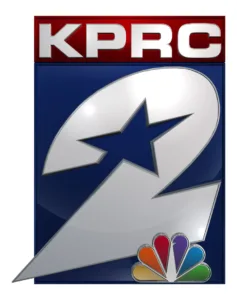



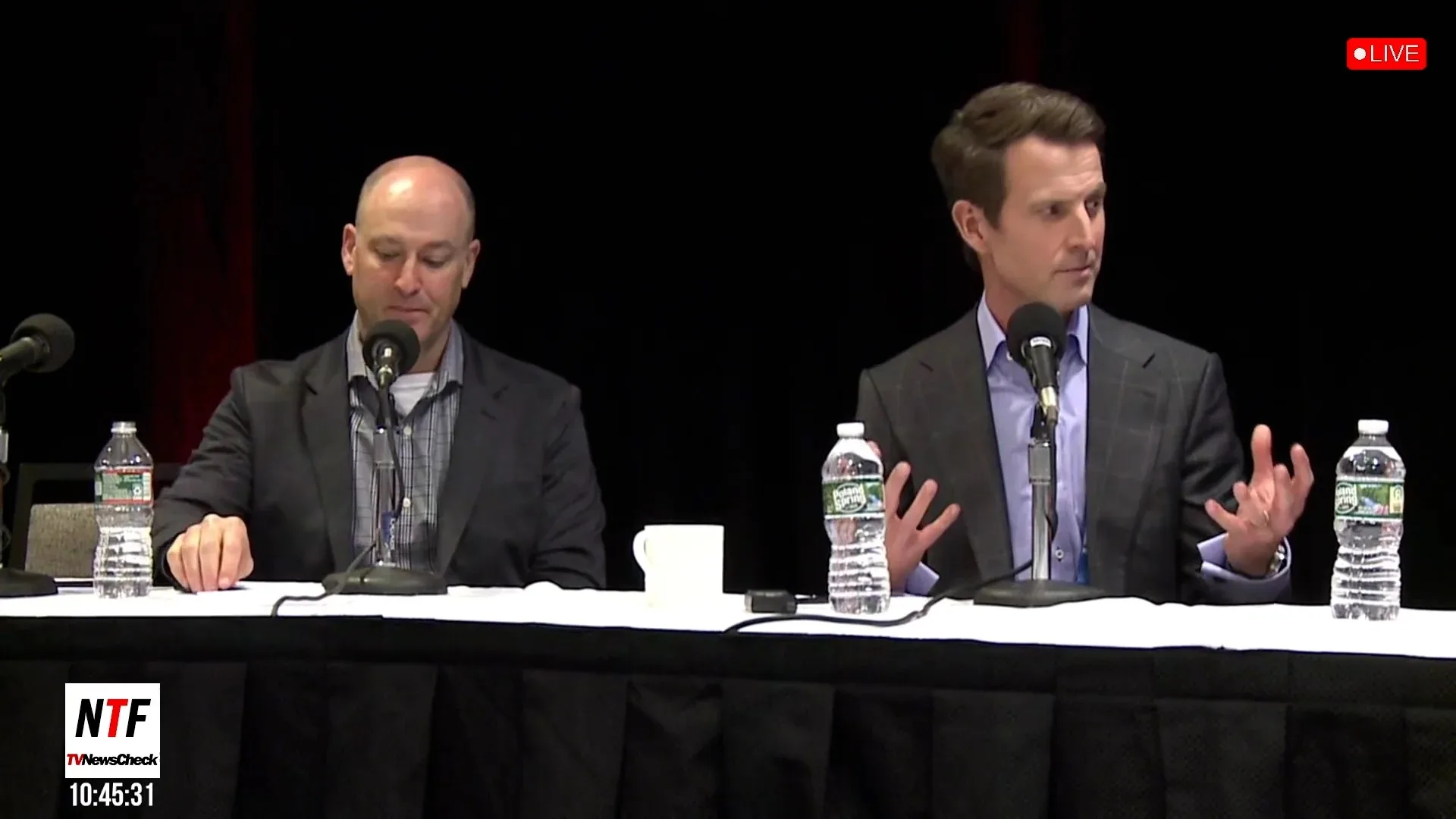
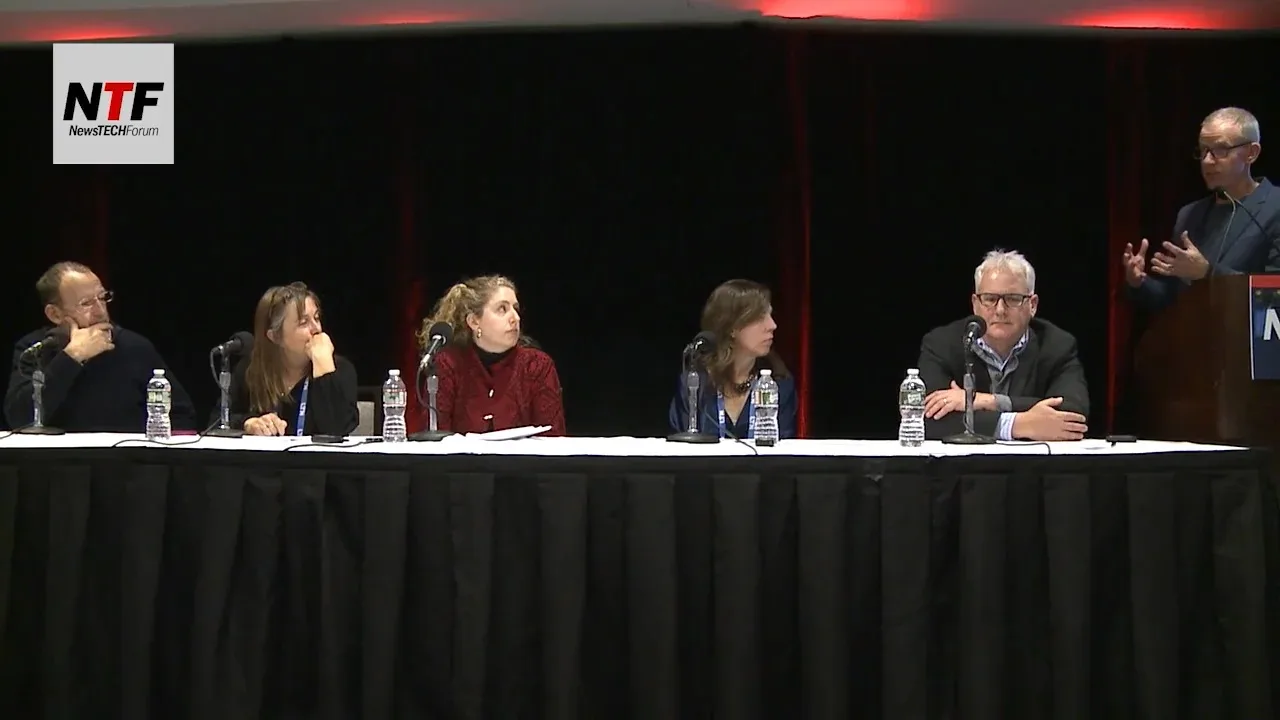
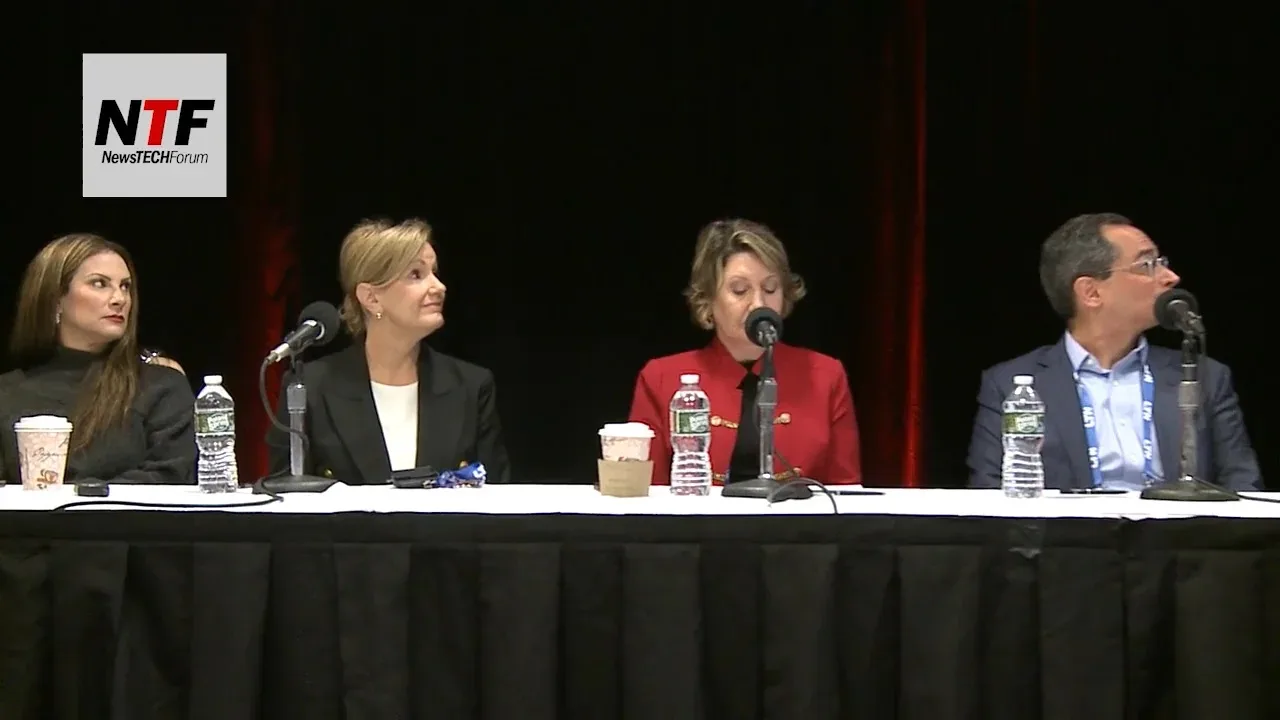
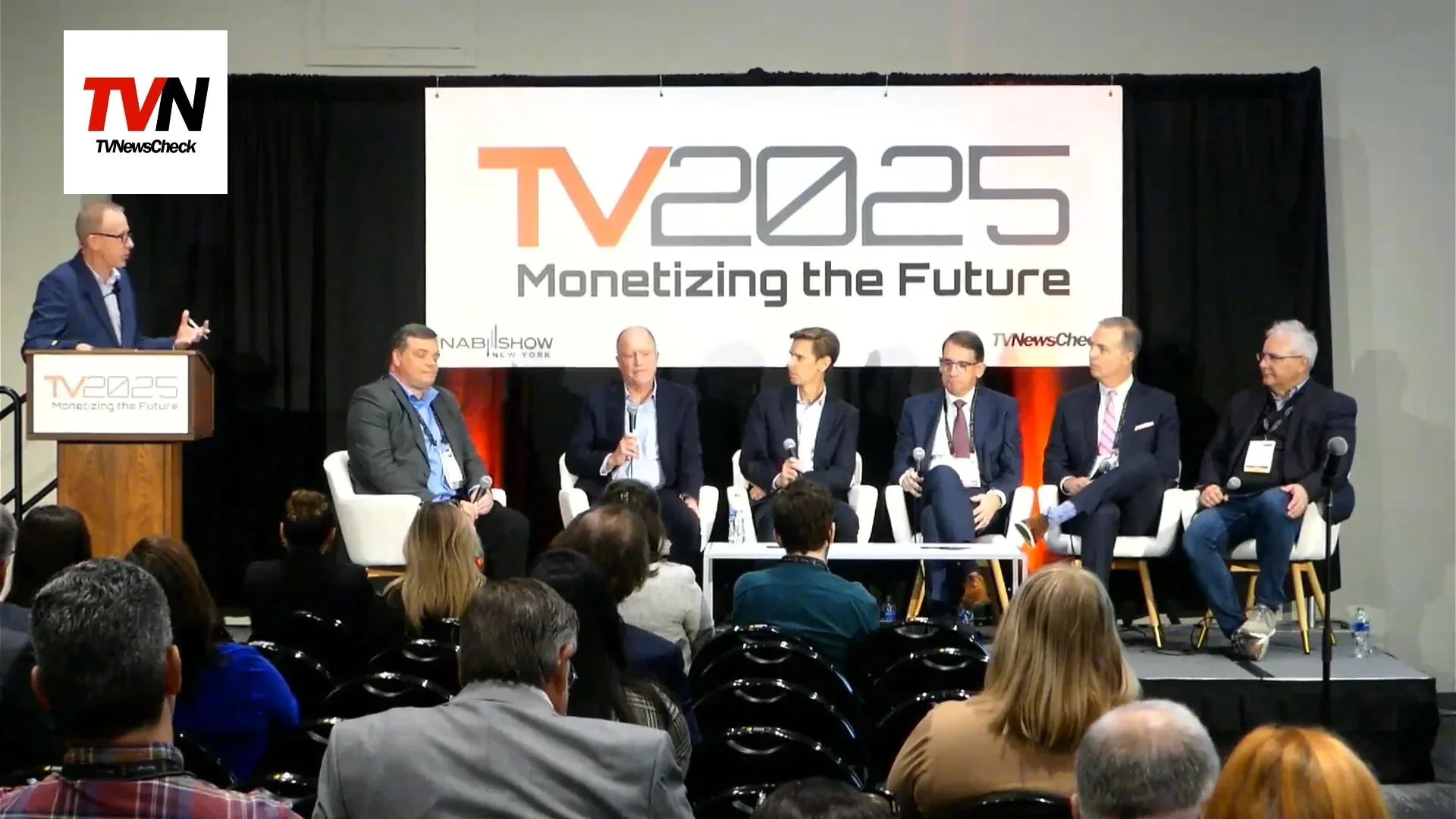
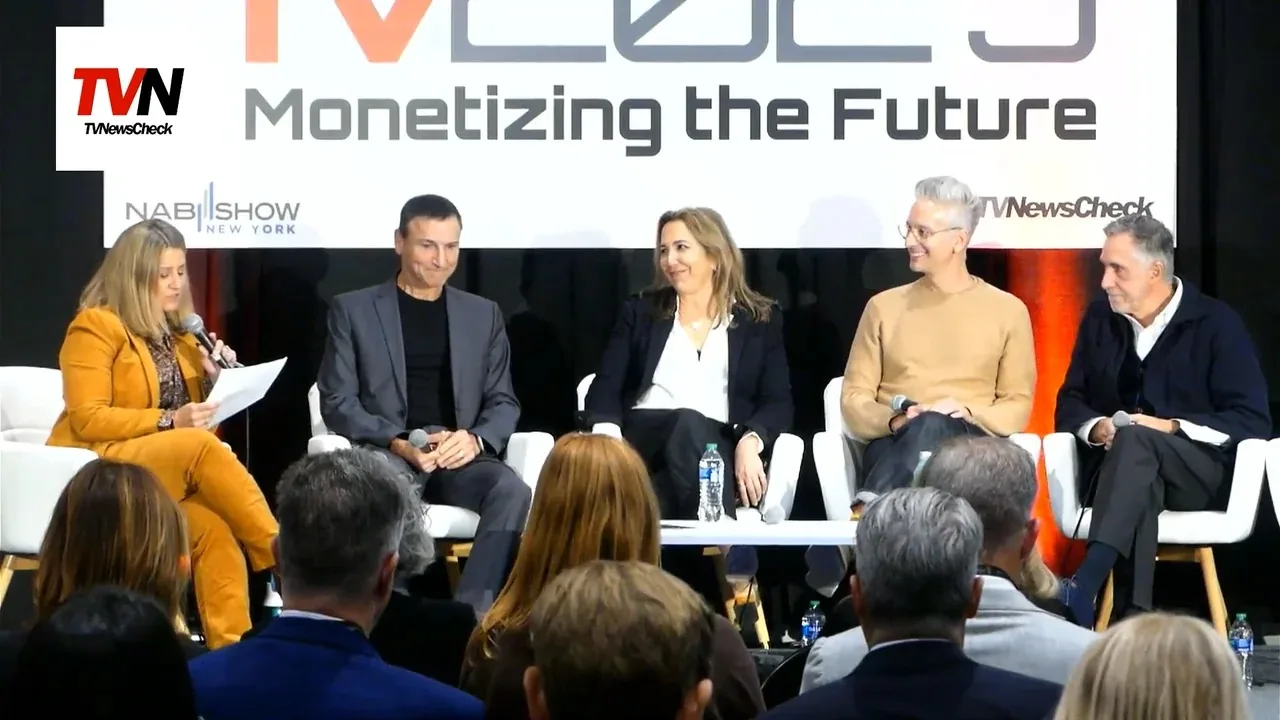
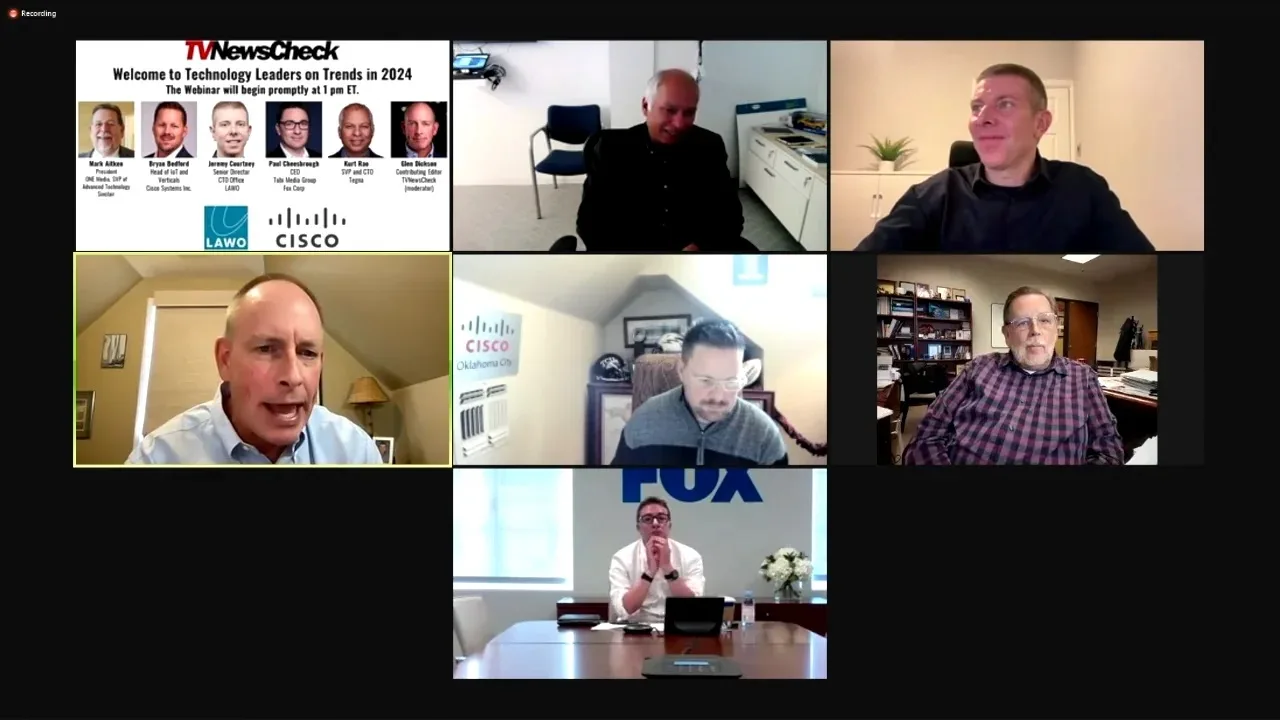
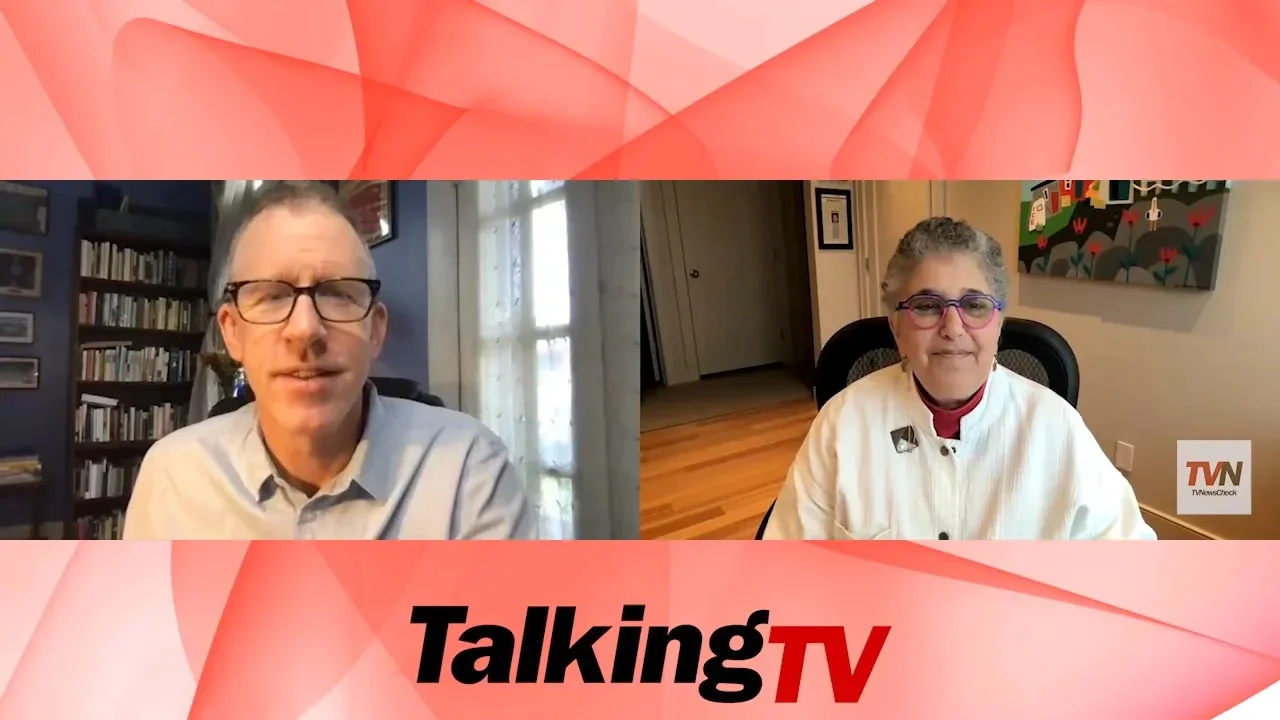
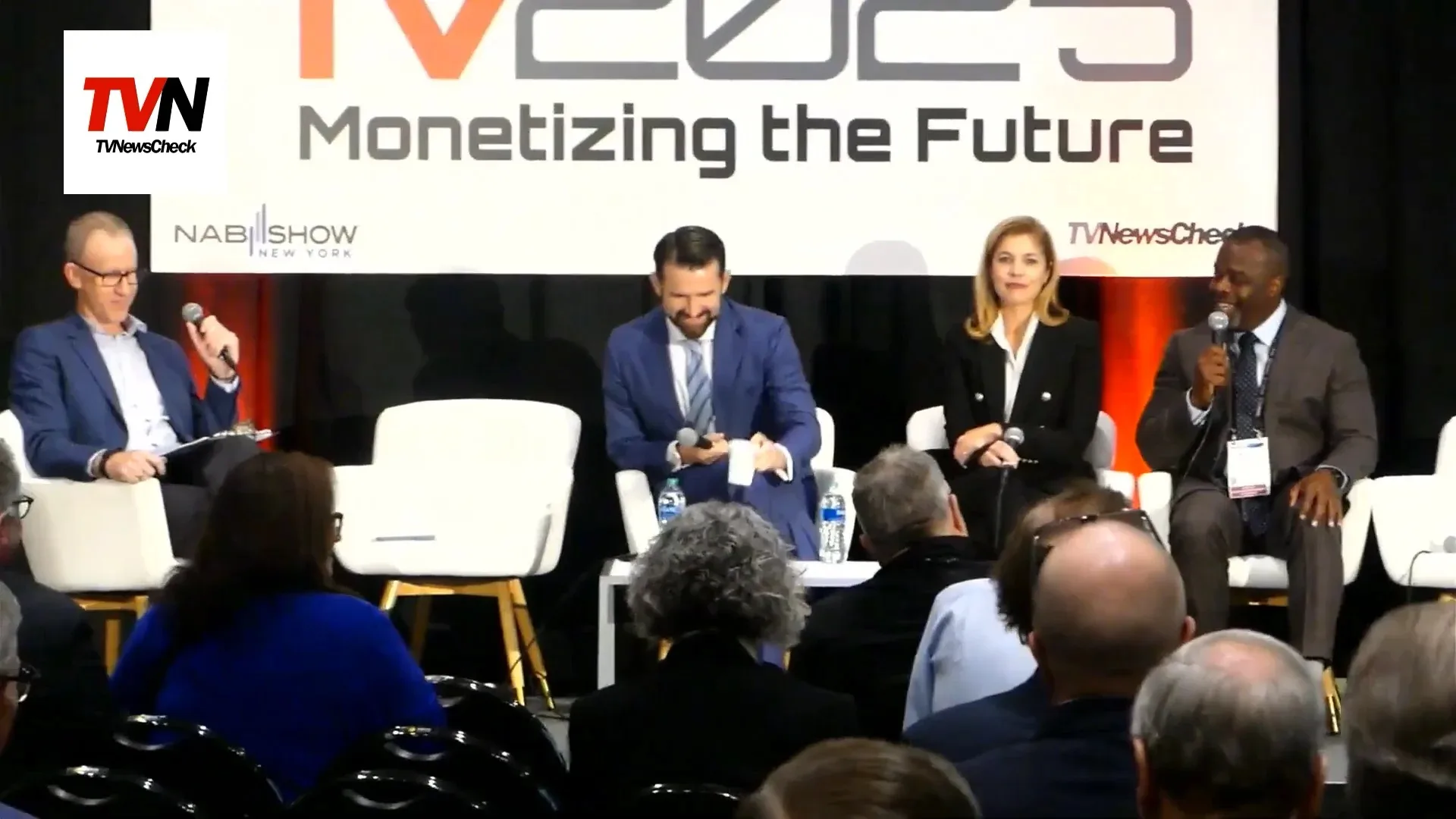


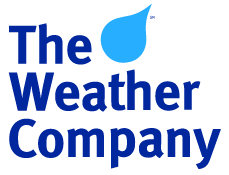



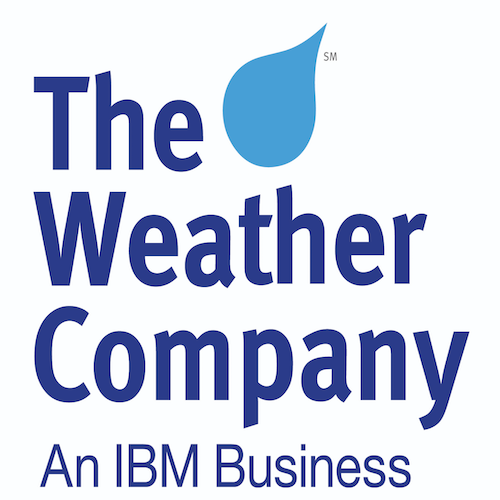

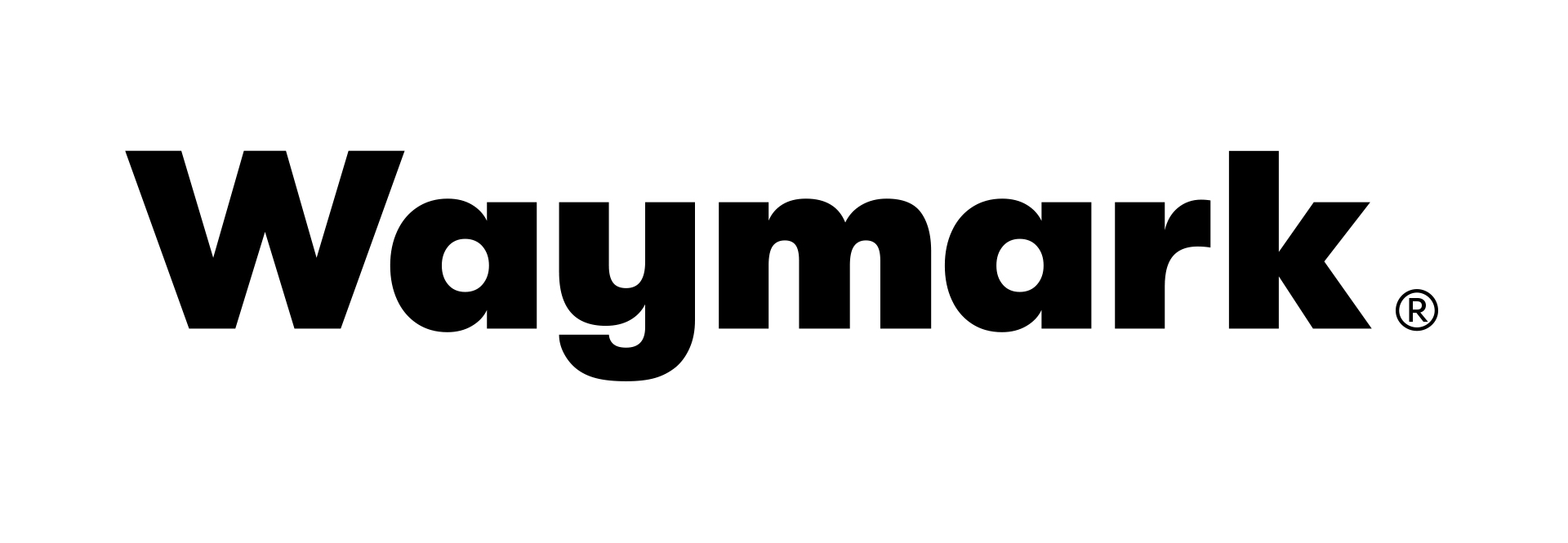




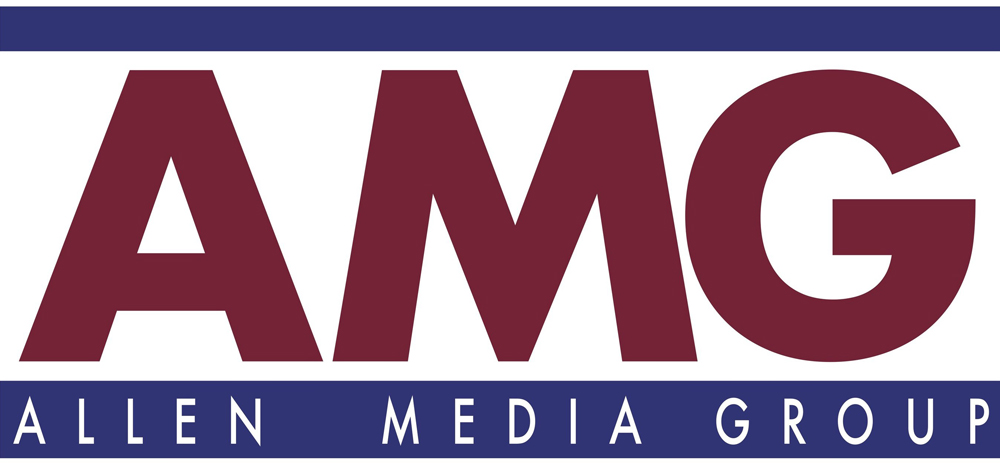


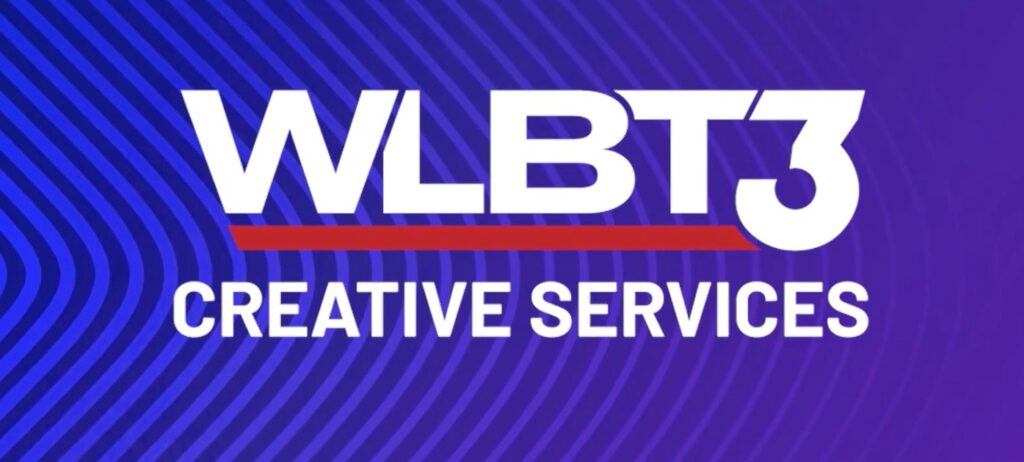
Comments (8)
Matthew Castonguay says:
February 11, 2015 at 10:09 am
Automated (and in some senses, programmatic) marketplaces are coming to linear TV. Take that to the bank. The biggest danger for broadcasters is that they are not aggressive enough in shaping how these marketplaces are set up and work, who controls them, etc. Online publishers let this get completely away from them and as a result, the transaction layer (exchanges) are largely configured to benefit the demand side. It does not have to be that way, but scale is important so the industry needs to chart a course and move forward collectively to the extent possible. The other wild card is data…it arguably was good for TV when decision making was all based on both the buy and sell side around the blunt instrument of Nielsen ratings, but ultimately transactions are going to be based on much more granular data than that. Broadcasters will be in a world of hurt if they don’t build great databases because advertisers surely will, and it would be really bad to be in a position where the buyer knows a lot more about your audience (and what makes it valuable) than you do as a seller. Hesitation on these issues can prove to be fatal….exchanges can open up what you have to a broad new array of demand sources, and combined with effective ongoing direct sales efforts this future can result in higher CPMs (because we have a great product), but failure to be aggressively engaged could result in all the broadcasters’ fears coming true.
Brian Bussey says:
February 11, 2015 at 10:46 am
There are couple of outstanding comments and conmentors here that I really do not agree with.
!. the only savings is sales commissions. period. where will that compensation end up ? take a wild guess?
1. Lougee came from news. How well has his automation revolution gone in his newsrooms?. Do they have more viewers ? Sales is dollars. Will he generate more dollars or more profit from less dollars?
2. real-time bidding or auction platforms that are commonplace in the online world and that tend to commodify advertising and drive down prices??? Nothing drives down prices faster than low ratings.
3. what they want is to make “clients’ [spot] buying experience easier.. What did you think would happen when you hubbed back office support for whole tv groups into one building and tripled the work for each person. ? Was that intended to enhance servicing or lay people off at the station level ?
4 WIDE ORBIT ? seriously? far and away the most overrated software company in television whom local AEs offer the least feedback because they know wide orbit is trying to put them out of a job.
Broadcasters who are not fighting for their viewers need to get out of the business. Then you have these delusional people who think that TV stations will be able to dump their transmitters and get endless streams of cash from cable subscribers as local cable channels. What they fail to understand is that must carry no longer applies once those transmitters are unplugged.
Local AEs have watched their newsrooms get decimated once their stations were taken over by these giant station groups. They know whats coming. The group executives need to understand one thing. When they put local AEs on the street, the AE’s will not stop rep’in their clients but they will stop buying their old stations. You don’t think those conversations are’nt already going on with local agency principles. ?
Kristine Melser says:
February 11, 2015 at 3:46 pm
Absolutely, Broadcasters are looking for ways to keep the sales commission for the company and the below comment is exactly right. The process needs to be automated, not the deal.
And most importantly in TV when you are buying viewers who watch specific content, people need to implement that process. When you turn TV into a numbers game of just trying to reach imps and ratings on paper, it’s effectiveness will decrease, the numbers you are playing with decrease and so will the cash eventually.
Doug Halonen says:
February 11, 2015 at 1:34 pm
Fifteen years ago I handled PR for a startup called, eMadison. It was a pioneer in Electronic Data Interchange (EDI). The pitch then was that it could lower the cost of buying spot relative to buying network. There was a significant incremental additional cost in buying and selling spot at that time. Unfortunately the startup ran in to the dot com bubble bursting in 2000, and the backers pulled the plug. I believe one or two startups (such as Mediaocean) survived, but it has been a long slog. The intention of those companies was never to automate the deal-making but rather to automate the process, while integrating the research data and back office and traffic operations into a seamless process.
Michelle Underwood says:
February 11, 2015 at 3:48 pm
Has Mr Lougee ever sold a spot in his life? And he’s telling us how to sell spots? HMMM?
Kristine Melser says:
February 11, 2015 at 3:56 pm
“Procter & Gamble used to place around 16% of its business in local spot television. And right now I believe that number is under 1%,” says Jim Beloyianis, a media consultant and former president of the rep firm Katz Television Group. “Local broadcast’s potential has been unnecessarily held down by the inefficient trading processes and complacency on the buy and sell side.” ~
This is absolutely untrue. P&G and other clients do not leave spot TV for network because local broadcast is inefficient to buy or complacent, it has to do with coverage and the growth of the products lead the company to network coverage as their distribution grew. This does happen to national brands as they grow. It a company life cycle.
Wagner Pereira says:
February 12, 2015 at 4:21 am
tl;dr
Patrick Burns says:
February 17, 2015 at 12:22 pm
I spoken to the programatic buyers. It is aimed at national pretty much & really low ball deals for remanat etc.
It would be great if the computers bought it all based on logic. But until the auto dealer buying groups etc expect
free major event tixs and all the other goodies that are attached to big orders, I think we are stuck with the current system.
It’s a hard reality.